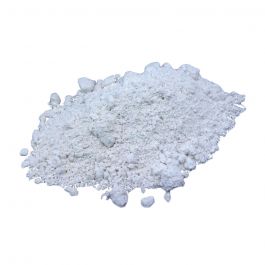- Language
- 🇺🇸
- Joined
- Mar 1, 2024
- Messages
- 322
- Reaction score
- 415
- Points
- 63
Az alumínium nem tenné még gyanúsabbá? Akkor elég nyilvánvaló, hogy rejtegetsz valamit. De én nem tudom, még sosem küldtem ki gyógyszereket.
- Language
- 🇬🇧
- Joined
- Jan 19, 2024
- Messages
- 45
- Reaction score
- 28
- Points
- 18
Sokan azt mondják, hogy az alumínium segít blokkolni a röntgensugarakat, de szerintem ez csak mítosz.
Az ólom 11400kg/m³ sűrűsége miatt segít blokkolni a röntgensugarakat, de az alumínium csak 2700kg/m³, így szerintem haszontalan.
csak arra jó, hogy becsomagolja a kábítószert
Az ólom 11400kg/m³ sűrűsége miatt segít blokkolni a röntgensugarakat, de az alumínium csak 2700kg/m³, így szerintem haszontalan.
csak arra jó, hogy becsomagolja a kábítószert
↑View previous replies…
- Language
- 🇺🇸
- Joined
- Jan 23, 2024
- Messages
- 110
- Reaction score
- 47
- Points
- 28
- Deals
- 12
baromság! az alumíniumfólia nem blokkolja a röntgensugarakat.
a drogod egy halom szerves molekula. a szerves másképp néz ki, mint a fém a röntgenen, és megkülönböztethető.
ha blokkolni akarod a röntgensugárzást, akkor a kábítószeredet el kell merítened a hasonló szerves enveronmentumba, hogy valami ártalmatlannak tűnjön. de ezen a ponton abbahagyom, mivel nem vagyok hajlandó nyilvánosságra hozni a saját lopakodási módszereimet.
a drogod egy halom szerves molekula. a szerves másképp néz ki, mint a fém a röntgenen, és megkülönböztethető.
ha blokkolni akarod a röntgensugárzást, akkor a kábítószeredet el kell merítened a hasonló szerves enveronmentumba, hogy valami ártalmatlannak tűnjön. de ezen a ponton abbahagyom, mivel nem vagyok hajlandó nyilvánosságra hozni a saját lopakodási módszereimet.
- Language
- 🇺🇸
- Joined
- May 8, 2024
- Messages
- 37
- Reaction score
- 9
- Points
- 8
Theoretically aluminum can shield against electromagnetic waves, also x-ray.
But the thin layers used mostly are not enough.
There are different ways through which a material can block electromagnetic waves.
Scattering and absorption which often happens in high density, but it also works through the conductivity of a metal, and aluminum and copper for example have a good conductivity, and this allows them to absorb energy from the electromagnetic radiation pretty well, because of their free electrons.
But you would need a thick layer of aluminum, the normal foil is not going to do that well-
But the thin layers used mostly are not enough.
There are different ways through which a material can block electromagnetic waves.
Scattering and absorption which often happens in high density, but it also works through the conductivity of a metal, and aluminum and copper for example have a good conductivity, and this allows them to absorb energy from the electromagnetic radiation pretty well, because of their free electrons.
But you would need a thick layer of aluminum, the normal foil is not going to do that well-
- Language
- 🇺🇸
- Joined
- May 8, 2024
- Messages
- 37
- Reaction score
- 9
- Points
- 8
Also the shielding ability of aluminum is better (lot better) at lower frequencies, and thickness would need to be increased a lot to shield effectively against x-rays. Also at such high frequencies like x-ray denser materials with high Z are normally required because they have a higher probability of interacting with high energy electromagnetic waves, but theoretically every conductor can block them t some point, also aluminum, but you need a very thick layer which is not practical.

